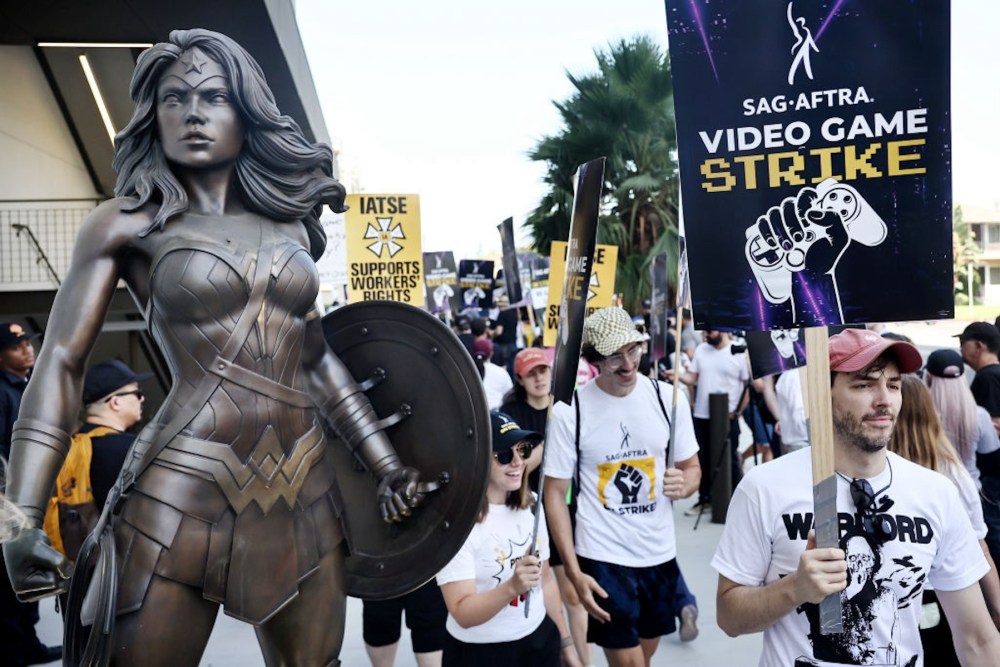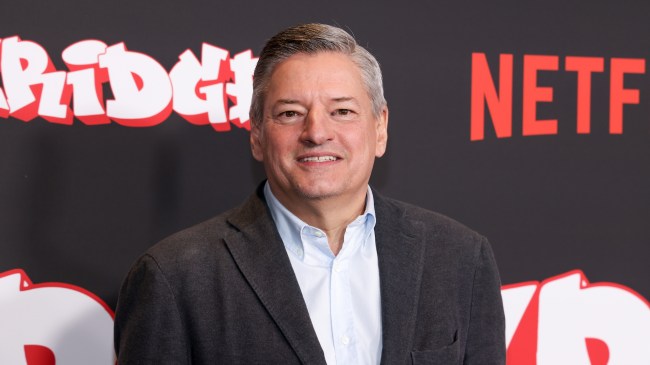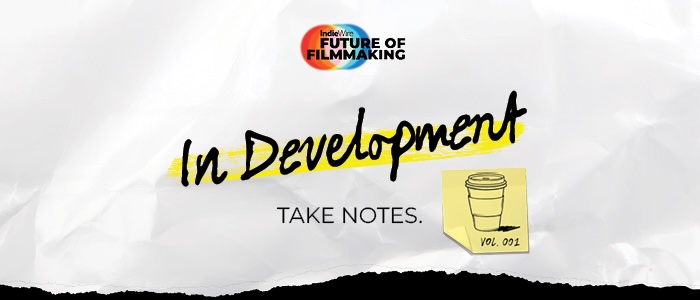## The Game’s Afoot: AI, Voice Actors, and a Desperate Gamble
For nine long months, the gaming world has been on pause. The iconic voices that bring our beloved characters to life have gone silent, replaced by the eerie echo of a stalled negotiation. Now, as the SAG-AFTRA strike stretches into its ninth month, a bombshell has dropped: video game companies have presented their final offer, aiming to break the deadlock over AI and voice actor rights.

This isn’t just about fair pay or residuals anymore. At the heart of this conflict lies a fundamental question: who owns the voice of a video game character? And how much control will artificial intelligence have over the future of voice acting in games?

The Strike’s Impact: Consequences and Implications

The ongoing actors’ strike has brought the video game industry to a standstill, with productions on hold and delayed releases becoming the new norm. The strike, which began on July 16, 2024, has already had a significant impact on the industry, with many titles being affected by the work stoppage.
The strike has also raised concerns within the entertainment industry as a whole, with the streaming giant Netflix feeling the pinch. In its recent earnings call, Netflix Co-CEO Ted Sarandos addressed the reality of both SAG-AFTRA and WGA strikes, stating that they were “not an outcome that we wanted.”
The Wider Entertainment Industry’s Concerns: Netflix’s Earnings and the Writers’ Strike
During Netflix’s Q2 earnings interview, Sarandos deflected on questions about how much content spend from this year would be deferred into next year, as well as at what point content could run out. Instead, he shared a personal anecdote about his father, a union electrician who went on strike, highlighting the emotional and financial toll it takes on families involved.
Sarandos also emphasized that Netflix is “super committed to getting an agreement as soon as possible, one that’s equitable, and one that enables the industry and everybody in it to move forward into the future.” When pressed about when content could run out for Netflix, Sarandos referenced the company’s upcoming shows and movies listed in the investor note, stating that they need to get the strike to a conclusion so that everyone can move forward.
Netflix’s earnings this quarter were strong, with the company adding nearly 6 million global subscribers in the quarter thanks to its “paid sharing” rollout, raising Netflix global subscribers to 238.39 million. Its stock price has also risen dramatically since the prior quarter and could soon hit $500. However, an actors’ strike on top of a writers’ strike is a different animal, and even Netflix will start to sweat if it can’t deliver some of its biggest shows on time.
The Future of the Strike: Analysis and Speculation
The video game companies involved in negotiations with SAG-AFTRA have made their final offer to end the actors’ strike, which is approaching its 300-day mark. The companies’ proposal includes wage increases of over 24% for SAG-AFTRA-represented performers in video games, enhanced health and safety protections, industry-leading terms of use for AI digital replicas in-game, and additional compensation for the use of an actor’s performance in other games.
The Parties’ Stances: SAG-AFTRA’s Resolve and the Video Game Companies’ Ultimatum
In a statement provided to Gamestanza, SAG-AFTRA “condemns” the video game companies’ move to release the proposal for publication, saying that their negotiating committee “responded to that offer within 72 hours – on May 2 – with our own response to the open issues relating to artificial intelligence” and that “we have to date received no response to our counter offer.”
The video game companies, on the other hand, have stated that they are “hopeful the union will not choose to walk away when we are so close to a deal.” Their spokesperson, Audrey Cooling, emphasized that the companies’ proposal includes wage increases of over 24% for SAG-AFTRA-represented performers in video games, enhanced health and safety protections, industry-leading terms of use for AI digital replicas in-game, and additional compensation for the use of an actor’s performance in other games.
What’s Next: Possibilities, Timelines, and the Strike’s Eventual Resolution
As the negotiations continue, the question on everyone’s mind is what’s next. Will SAG-AFTRA accept the video game companies’ final offer, or will they continue to hold out for better terms? The timeline for the strike’s resolution is uncertain, but one thing is certain – the strike will eventually come to an end, and the video game industry will emerge from this period of uncertainty.
Gamestanza will continue to monitor the situation and provide updates as more information becomes available. In the meantime, the video game industry waits with bated breath for a resolution to this strike, which has already had far-reaching consequences for the industry as a whole.
Conclusion
After nine long months of a standstill, the video game industry is finally seeing movement in the SAG-AFTRA strike. Variety reports that game companies have presented a final offer to the union, directly addressing the crucial issue of AI voice acting. This proposal, shrouded in details not yet fully revealed, is a significant step towards a resolution, potentially ending the longest strike in video game history.
This isn’t just about contracts and paychecks; it’s about the very future of voice acting in gaming. The use of AI, while promising efficiency and lower costs, raises serious concerns about creative control, job security, and the authenticity of in-game characters. SAG-AFTRA’s fight for fair compensation and safeguards against AI replacing human performers resonates with a wider conversation about the ethics and impact of artificial intelligence on creative industries. The outcome of these negotiations will have far-reaching consequences, shaping not only the landscape of video games but also influencing how AI is integrated into other forms of entertainment.
Will this final offer bridge the gap, or will the strike continue, pushing the industry further into uncharted territory? Only time will tell. But one thing is certain: the battle over the soul of video game voice acting has just entered its most crucial phase. The stakes are high, the future uncertain, and the world is watching.